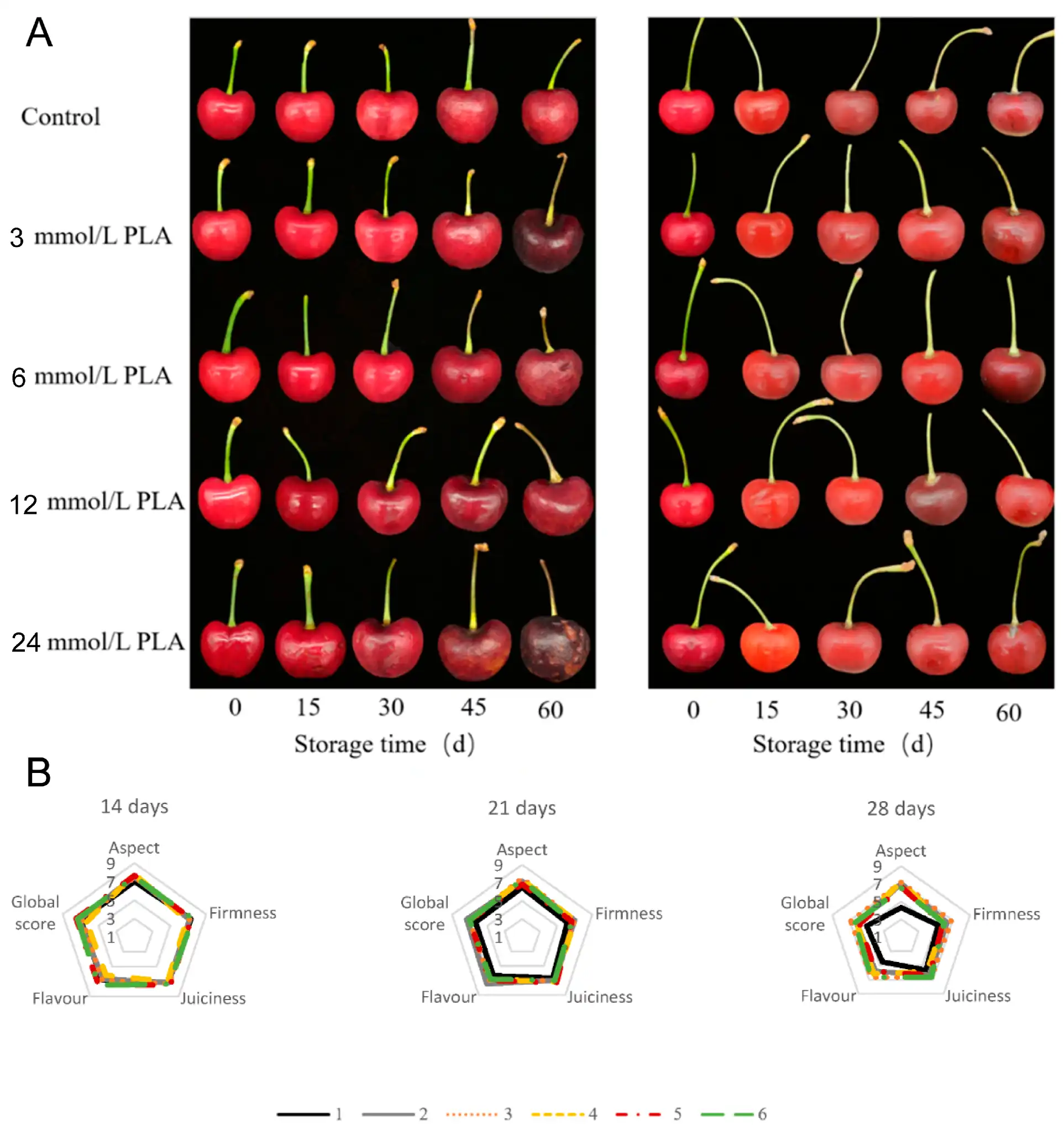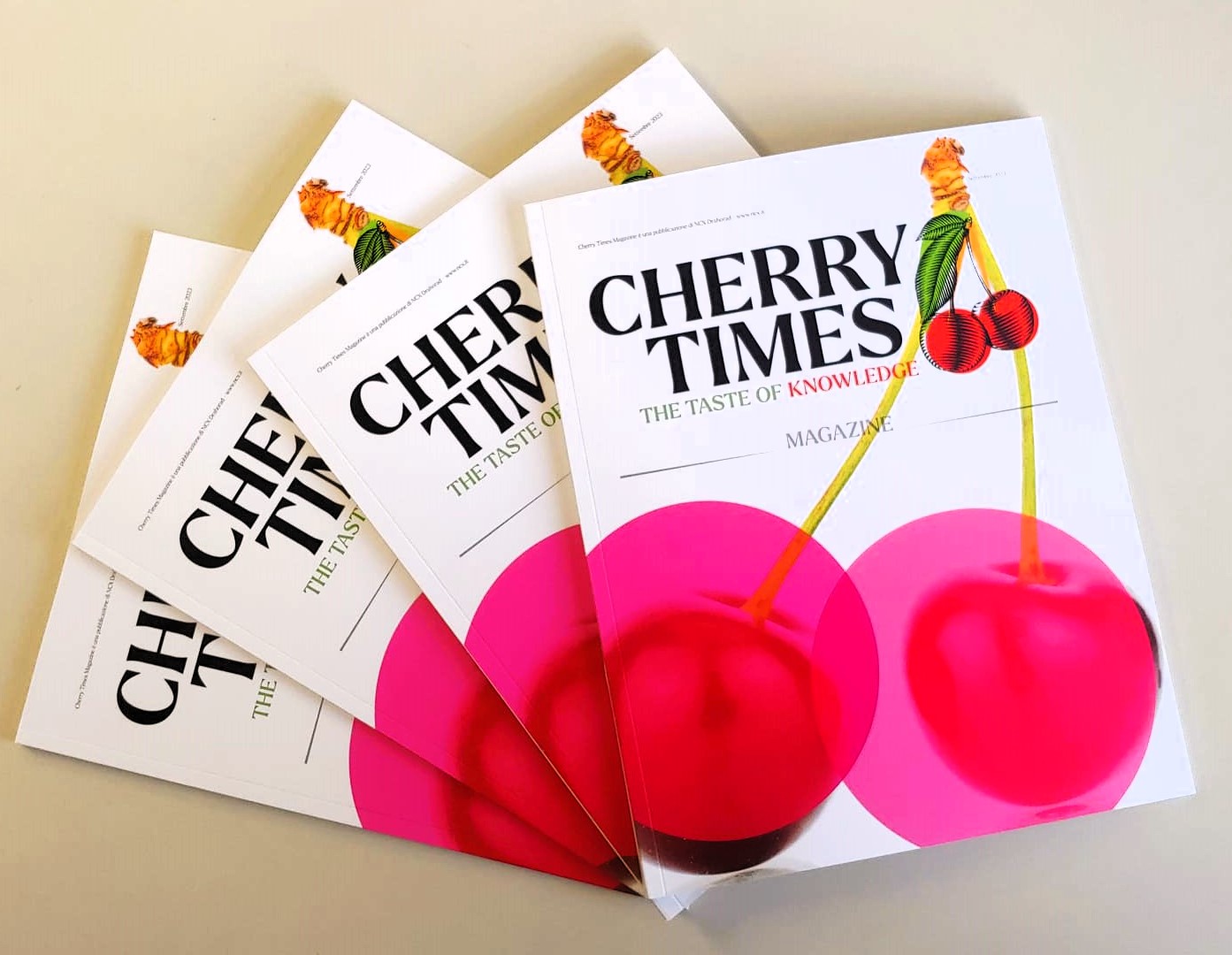The modified atmosphere preservation technology is considered one of the predominant methods for preserving the freshness and quality of cherries during the post-harvest period. Known in abbreviated form as MAP, it is recognized as a safe and consumer-accepted method that allows for reducing product losses and maintaining a high level of quality.
This is because there are various factors that can compromise the commercialization of cherries during the period between harvesting and consumption. For example, a high respiration rate of the fruit leads to significant water loss, resulting in spoilage, or attacks by pathogens such as Penicillium, Candida, and Aspergillus render them unmarketable.
Researchers from Hunan University (China) have provided an overview of the situation on this topic. The analysis involved evaluating the effectiveness of modified atmosphere conditions, with particular emphasis on how the regulation of temperature, humidity levels, and gas composition parameters influence the overall quality of the fruits.
Modified atmosphere and refrigeration
What is certain is that the integration of MAP technology with refrigeration has significantly improved preservation, thus positioning it as a valid method for extending shelf life and enhancing sensory quality. However, there are numerous obstacles to the expansion of this technology for widespread commercial use.
It is essential to maintain precise control over the gas composition, as even small deviations can negatively impact product quality. Consequently, it is necessary to implement standardized operating protocols and high-precision monitoring equipment.
The selection of packaging materials is equally important, as they must ensure adequate environmental stability and permeability. Moreover, the management of temperature and humidity is essential for the effectiveness of MAP.
 Figure 1. Effects of CO2 on the sensory and respiratory properties of cherry fruit. (A) Variations in cherry quality under different MAP concentrations [63]. (B) Changes in the sensory evaluation of cherries under different CO2 and O2 concentrations.
Figure 1. Effects of CO2 on the sensory and respiratory properties of cherry fruit. (A) Variations in cherry quality under different MAP concentrations [63]. (B) Changes in the sensory evaluation of cherries under different CO2 and O2 concentrations.
Technological challenges and solutions
The metabolism and microbial growth of products can be influenced by temperature fluctuations during logistics, while mold development can be facilitated by excessive humidity. Consequently, the implementation of intelligent control systems to ensure that environmental conditions are maintained at their optimal level is a critical area for technological advancement.
Moreover, it is imperative to reduce implementation costs, particularly for small-scale producers, in order to facilitate wider adoption. To develop more scientifically valid and effective conservation strategies, it is essential to establish a comprehensive theoretical framework that considers storage environmental factors, post-harvest physiological changes, and the varietal characteristics of cherries.
This requires interdisciplinary research that integrates insights from molecular biology, physiological ecology, and materials science. Real-time monitoring is essential to ensure optimal conditions throughout the entire storage process, and precision control and automation must be improved using advanced sensors.
Future directions for MAP
At the same time, it is imperative to create packaging materials that are recyclable, efficient, and eco-friendly to reduce environmental impact and meet storage needs. Moreover, a transition from single technologies to composite technologies that combine refrigeration, MAP, in-field physical treatments, and bio-preservatives is necessary to establish preservation systems that can completely inhibit microbial growth and delay fruit senescence.
Source: Liu, L.; Lin, H.; Zhou, X.; Zhang, Z.; Zhang, Y.; Deng, S.; Peng, S.; Gong, S.; Guo, S.; Fan, W. Application of Modified Atmosphere Preservation Technology in Cherry Storage: A Review. Agriculture 2025, 15, 462. https://doi.org/10.3390/agriculture15050462
Source images: Liu et al., 2025
Melissa Venturi
University of Bologna (ITA)
Cherry Times - Tutti i diritti riservati













